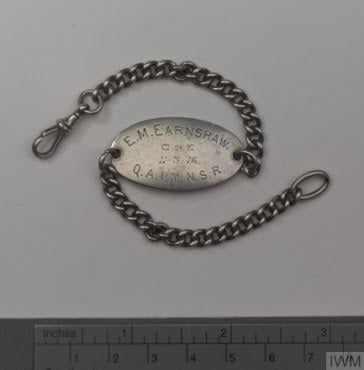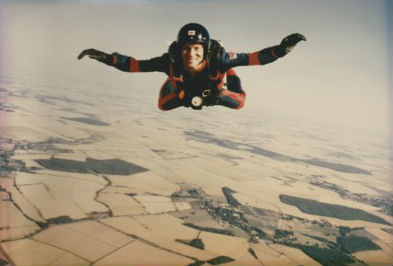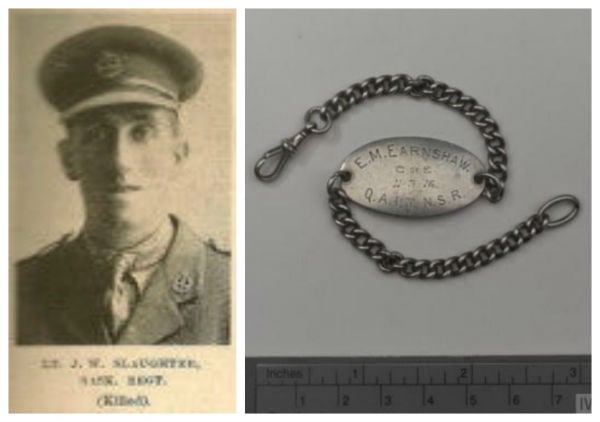Paul Slaughter was returning to the UK after a holiday in southern Spain when he removed his necklace to go through security at Alicante airport on Friday, May 25th.
He was queuing up to board when he realised that it had fallen from his neck.
“I attached it after clearing security but did not properly clasp it together and it must have just slipped down onto the floor,” he told The Local.
The necklace was very precious, although not in monetary terms, because hanging from the chain was an irreplaceable heirloom: the identity tag of his grandfather who was killed on August 8th 1918 in the Battle of Amiens.
The story of his grandfather is a tragic one.
He emigrated from Norfolk to Canada in search of work in 1912 and as a 19-year-old was among the first to sign up at the start of WW1. After being gassed, he was sent to back to the UK to recover and it was there that he fell in love and married.
He was sent back to the frontline and never met his son who was born in 1917 because he was killed in the one of the last German offensives of the war when he led his platoon over the top at Amiens.
READ ALSO: Benidorm diver finds ring lost 37 years ago… and returns it
“The ID was worn on the wrist in those days and was snapped in two, to prevent anyone else using it,” explains Slaughter. “I inherited it some 40 years ago, had it spliced back and have worn it ever since.”
“The tag measures 1.5 x 1 inch and is engraved with his name, JWW Slaughter, 5th Canadian Batt, his number. He crossed out Sgt and wrote Lt after he was commissioned in the field by the Commander-in-Chief Earl Haig.”
“It means a great deal and is irreplaceable,” said Slaughter. “It is especially significant because it is the 100th anniversary of the ending of WW1 this year and in two months will be the 100th anniversary of his death.”
This is a sample of the type of tag lost:

Slaughter, who is a former GB International parachutist and represented Great Britain in World and European Championships, also had a St Christopher medallion, a gold cricketer and a parachute attached to the necklace.

A photo of Paul Slaughter in his parachuting days.
“I know this is a long shot, but one never knows,” he said.
He hopes that by sharing the story, someone who may have found the necklace might be moved to return it.
Send an email with any information as to its whereabouts to [email protected]



 Please whitelist us to continue reading.
Please whitelist us to continue reading.